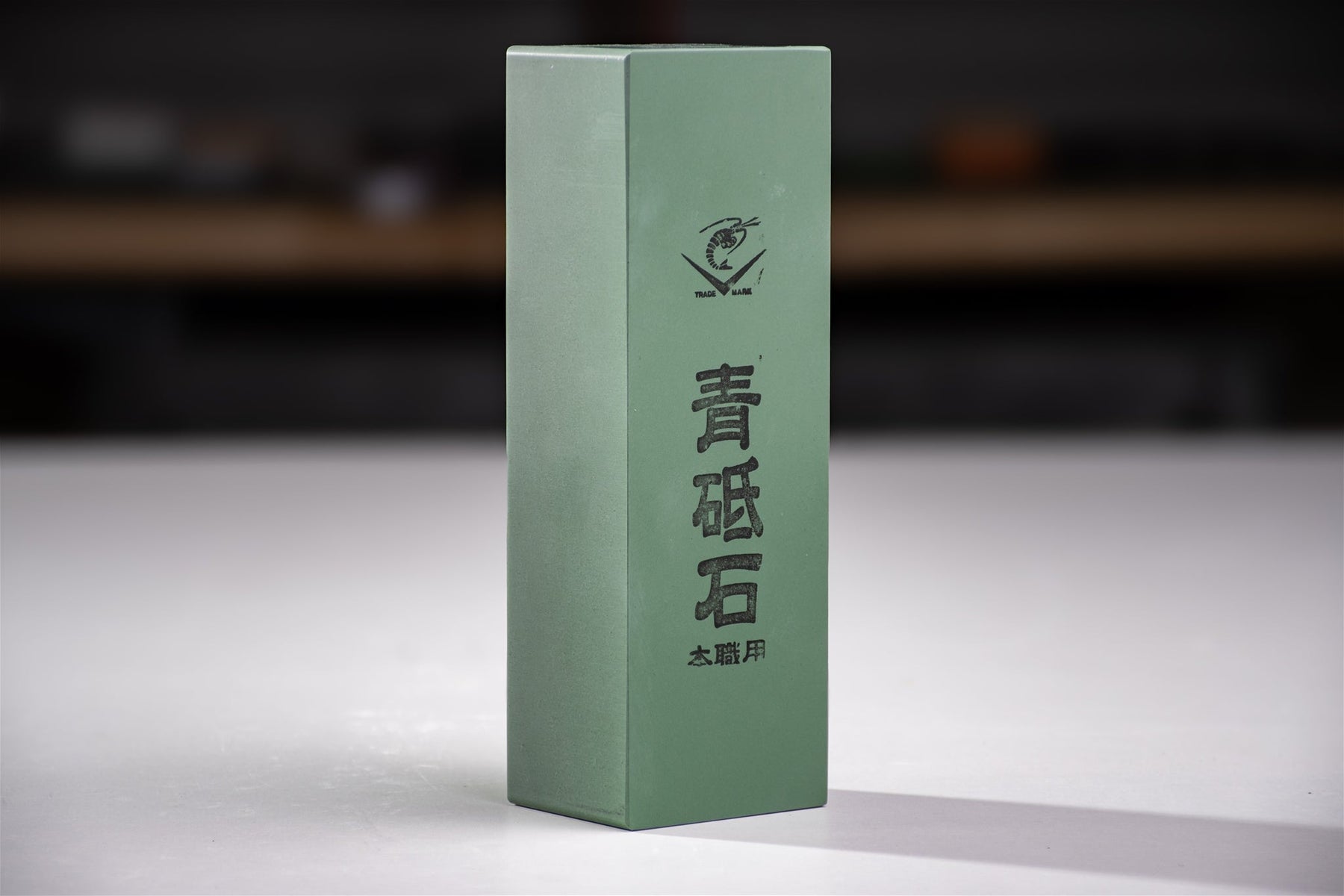Why Bigger Stones Make Sharpening Easier (and Faster)

When it comes to sharpening, size really does matter. The dimensions of your sharpening stone, its length, width, and even thickness, can dramatically affect the efficiency and consistency of your sharpening.
If you’ve ever run off the end of a stone mid-stroke or felt cramped trying to sharpen a wide blade, you know how size can make or break the experience. Larger stones don’t just look impressive on the bench, they make sharpening easier, faster, and more enjoyable.
Why Sharpening Stone Size Matters
A sharpening stone’s size determines how freely you can move your tool across its surface. More space means longer, smoother strokes, which makes it easier to maintain a consistent angle from heel to tip. That consistency leads to better edges and fewer mistakes.
Small stones are perfectly fine for compact knives or field kits, but they limit your movement and demand more precision from you. Smaller stones do have another benefit that will be covered later in the article.
When sharpening larger tools, plane irons, chef’s knives, machetes, the lack of length can become frustrating. You spend more time adjusting your grip and restarting strokes than actually sharpening.
The Benefits of a Longer Sharpening Stone
The length of a stone affects stroke length and stroke length affects consistency. A longer stone lets you make full passes along a knife or tool edge without stopping halfway through. That smooth, uninterrupted motion helps maintain an even bevel angle and creates a cleaner, sharper edge.

Longer stones are especially useful for edges where precision and full-edge contact are key. They also save time: each stroke covers more edge length, so you reach your goal faster with fewer passes.
Best Long Sharpening Stones
- 12" Soft Arkansas Stone
- DMT 12" Dia-Sharp Double-Sided Dia-Sharp with MagnaBase
- Sharpening Supplies 11.5" Water Stones
Explore all extra-long sharpening stones.
Why Width Makes Sharpening More Forgiving
Width adds stability and versatility. A wider stone gives you more surface area to guide your tool and helps prevent rocking or tipping during sharpening. That extra room is especially valuable when you’re working with wide chisels, plane irons, cleavers, or axes that require full contact across the edge.

Wider stones also allow for slight sharpening technique variations without the risk of falling off the sides. That forgiveness helps beginners maintain better control and gives experienced sharpeners a smoother, more confident motion.
Best Wide Sharpening Stones
- DMT Double-Sided 10" Dia-Sharp Diamond Stone Kit
- Suehiro Debado MD Water Stone
- DMT 10" DuoSharp Diamond Kit
Explore all extra wide sharpening stones.
Don’t Overlook Sharpening Stone Thickness
Thickness may not change how the stone feels in use, but it affects longevity and stability. A thicker water stone lasts longer because it offers more material before it wears down to the base. Thicker stones also resist flexing or movement during sharpening, which helps maintain a flat surface and consistent feedback.

Bench stones that are both wide and thick tend to stay put on the workbench, even under pressure. That stability translates directly into smoother sharpening and more predictable results. While most stones will benefit from being paired with a good quality stone holder, it becomes essential for thinner, lighter stones.
Best Thick Water Stones
- Naniwa Aotoishi Sharpening Stone
- Nano Hone Quad 70 Micron/200 Grit Stone
- Sharpening Supplies 8" XL Water Stones
Larger Sharpening Stones Last Longer
Because larger stones spread wear over a greater surface area, they stay flatter for longer. That means less frequent flattening (for water or oil stones) and a more consistent sharpening experience overall. You can also clean larger stones more easily, there’s more surface to grab and scrub, and less chance of uneven buildup in one area.
In short, a larger stone not only improves sharpening performance, it also reduces maintenance and increases lifespan.
When Bigger Isn’t Always Better
There are situations where a smaller stone makes more sense. Compact stones are portable, affordable, and great for quick touch-ups. If you sharpen small blades like pocket knives or carving tools, a full-size bench stone may feel like overkill.

The other benefit, hinted at in the beginning of the article, is that small stones can be useful for large tools where the tool is kept stationary and the sharpener is moved over it instead. Sharpening stones that are small enough to be easily handheld are great for this application.
The ideal setup often includes both: a large bench stone for most sharpening needs and small, portable stones for mobile sharpening.
Explore Pocket and Handheld Sharpeners
Finding the Right Size for You
Choosing the right stone size depends on the tools you sharpen most often:
- Kitchen knives: Look for stones at least 8" long and 2–3" wide for comfortable, sweeping strokes.
- Woodworking tools: Plane irons and chisels benefit from wide, stable stones that stay perfectly flat. Aim for a stone that's a little wider than your widest plane iron.
- Outdoor and utility blades: A similar setup to kitchen knives will work great, plus the addition of a smaller sharpener for touch ups in the field.
If you’re tired of short, choppy strokes or constantly repositioning your tools, upgrading to a larger stone is one of the easiest ways to improve your sharpening results.
The Bottom Line
A bigger sharpening stone gives you more control, more efficiency, and more consistency. Length allows for smoother strokes, width adds forgiveness and stability, and thickness ensures long-term durability. Whether you sharpen knives, chisels, axes, or plane irons, the right size stone makes all the difference.
If sharpening feels awkward or slow, it might not be your technique, it might just be your stone.

